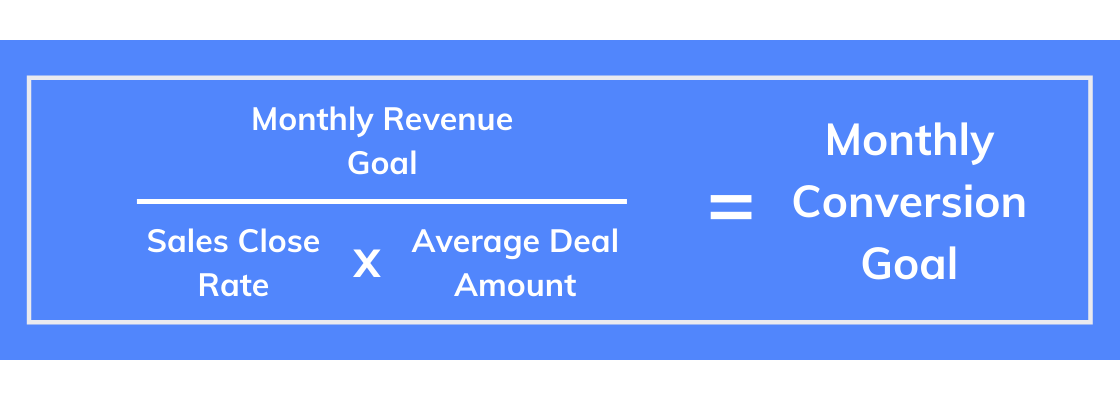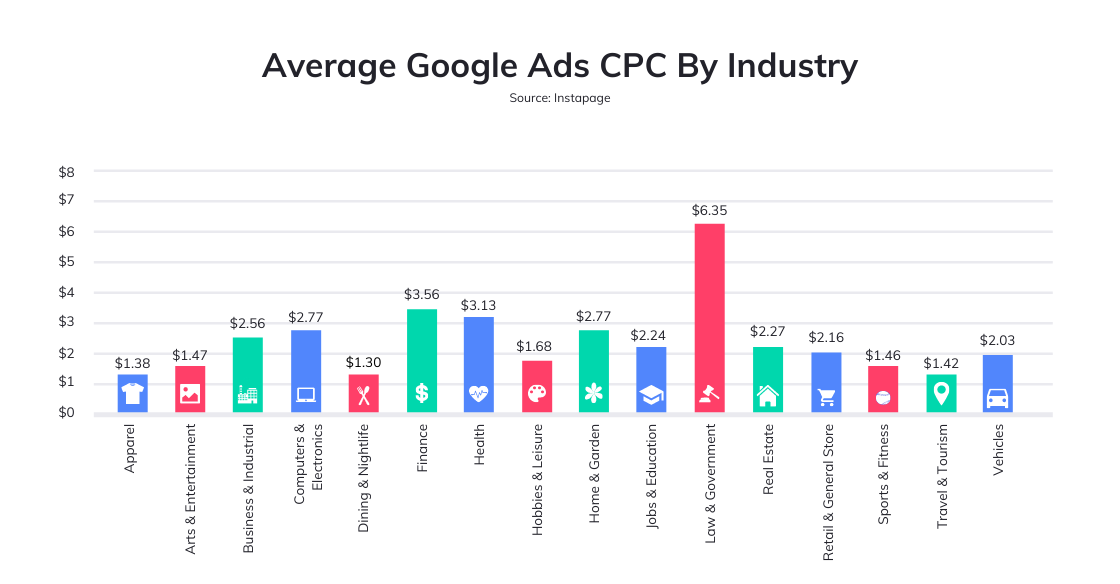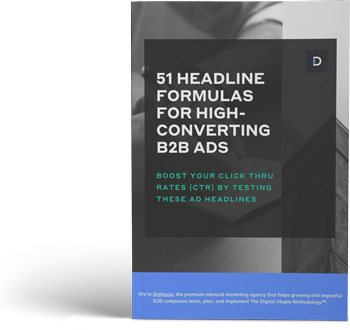Free B2B Google Ads Budget Calculator
by Digitopia | Updated Jul 1, 2024
Want to skip the explanation? CLICK HERE to jump straight to the ads calculator >>
Do you wish you had an accurate Google Ads budget calculator? Pay Per Click ads (PPC) is a necessary part of any digital marketing plan. Done right, they can be one of the easiest ways to generate qualified leads quickly.
But how can you determine what to spend in order to reach your revenue goals?
Let’s take a look at our ads budget calculator and what you’ll need to take into consideration when determining the best monthly ad spend.
Google Ads Budget Calculator
It can be difficult to gauge how much to budget to get the results you want. If you spend too little and reach your maximum allotted budget, Google will halt your campaign for the month and you risk losing out on leads.
With some simple math, we’re able to provide an estimate of the budget you’d be looking at to reach the monthly lead count you need.
Here’s what you’ll need to know to input the right numbers into the calculator above.
1. Determine Your Monthly Conversion Goal
The first step in creating your B2B Google Ads budget is to determine your desired monthly revenue. From there, you can calculate how many conversions (leads) you'll need to reach that goal.
For example, if your sales team is converting one in ten leads, your product costs $1,000, and you want to have $20,000 in revenue for the month, you'll need to generate 200 leads to meet your goal.

This is a simplified example. In real life, you'll likely have multiple products and multiple keywords, so you'll likely want to do a projection and conversion rate for each ad campaign.
2. Research Average CPC
Now that you know how many conversions you need, you can research your keywords and see how many clicks you'll need to get a conversion and what the cost is per click (CPC).
Cost per click rates vary widely by industry, by product line, and by geographic location. Google Ads resources offer a good starting place for your research, but you'll want to delve a little deeper into your specific industry and location.

If yours is a unique product, you may not find a lot of information that relates to your specific situation and you may have to use general benchmarks until you have enough of your own data to make an educated decision.
Armed with this information, you can easily calculate how much you'll need to spend monthly, weekly and daily to average the conversions that you need to meet your revenue goals.
Keep in mind that Google Ads just brings the consumer to your website. It's up to you to make sure that your ad is bringing in good, qualified leads and that your sales team is following up promptly and converting them when they reach you.
3. Compare Industry Data & Gain Information on the Competitive Landscape
Lastly, you'll want to compare information on the average PPC rates for your industry to make sure that you don't pay substantially more than your competitors for your digital ads. You'll also want to see what your competitors are doing with their Google Ads, what their ads look like, and where those lead when you click on them.
If your estimated monthly ad spend scares or surprises you, it’s good to know that there are many other factors to consider that could lower (or raise) your budget estimates. Let’s take a closer look at how this is calculated to understand where there’s room for optimization.
How to Optimize Your Budget
Once you have your estimated budget, you should factor in some "wiggle" room around your target number. Keep in mind that you're using averages and your company's experience may be more or less expensive than the average. Spending a certain amount doesn't guarantee you a certain amount of conversions. There are other variables at play here, including the quality of your ad and the skill of your sales team.
Simple Steps for Ad Optimization
You want to be smart about how you use your Google Ads. Without close monitoring, Google Ads can chew through your marketing budget with limited revenue results. However, monitoring your Google Ads campaign doesn't need to take a lot of your valuable time.
Below are a few tips for getting the most from your Google Ads campaign.
1. Write a Dynamic Headline
Just like with print media ads, readers won't notice your ad unless you grab their attention with a powerful headline. With Google Ads, you don't have the option to catch their interest with an image, so you need to be spot on with your words.
Don't worry if you don't get great results with your first effort. It usually takes several tries to arrive at the headline that brings in a good number of leads.
2. Make Use of Remarketing in Your Digital Ad Campaigns
Remarketing is the practice of showing ads to consumers who have already viewed those ads once or twice before. The logic behind this practice is that it takes multiple exposures to a company and a product for a consumer to be ready to make a purchase.
Remarketing is especially useful in the B2B arena, where buyers may not be in a position or have the "okay" to make a purchase the first time they see your product.
3. Don't Ignore Negative Keywords
Negative keywords are those that seem to relate to your product but are actually bringing in clicks from readers who are looking for something totally different from what you are offering.
For example, if your keyword is business insurance, you might be getting a lot of clicks from people looking for business insurance jobs, something totally outside of the realm of your ad campaign. Google Ads gives you the option to exclude searches looking for, in this case, "jobs" from your business insurance ad campaign placement.
4. Be Prepared for Change
Lastly, you need to be aware that the only constant in the digital marketing business is change. What worked well last year, last quarter or last month isn't necessarily going to work well today.
Keep an eye on your Google Analytics and be alert to any dramatic changes. These could be the result of an anomaly, but more likely it is a shift in Google's algorithm, a change in consumer behavior, or the advent of another, more dynamic ad platform.
The Takeaways
Getting the most out of your Google Ads campaign and creating a realistic budget that will last the entire month doesn't have to be an impossible task. Just keep in mind the following takeaways as you plan for success.
- Work backward from your revenue goals per ad campaign to reach your Google Ads budget.
- Optimize your Google Ads campaign by writing a dynamic headline, using remarketing, making sure to use negative keywords, and being prepared to pivot quickly when market conditions and the digital advertising arena change...because they will.
- You need to keep a close eye on your Google Ads campaign results to make sure you're not wasting money on keywords that aren't producing leads.
- Be prepared for change and be able to pivot quickly to take advantage of changing marketing conditions or a different digital advertising environment.
At Digitopia, we’ve helped hundreds of businesses get incredible results from their monthly Google ad spend budget with our digital advertising solution. We know from experience that having the right ad headlines goes a long way in optimizing your budget.
Check out our guide "51 Headline Formulas for High Converting B2B Ads" to see which headlines you can implement in your ads today.









